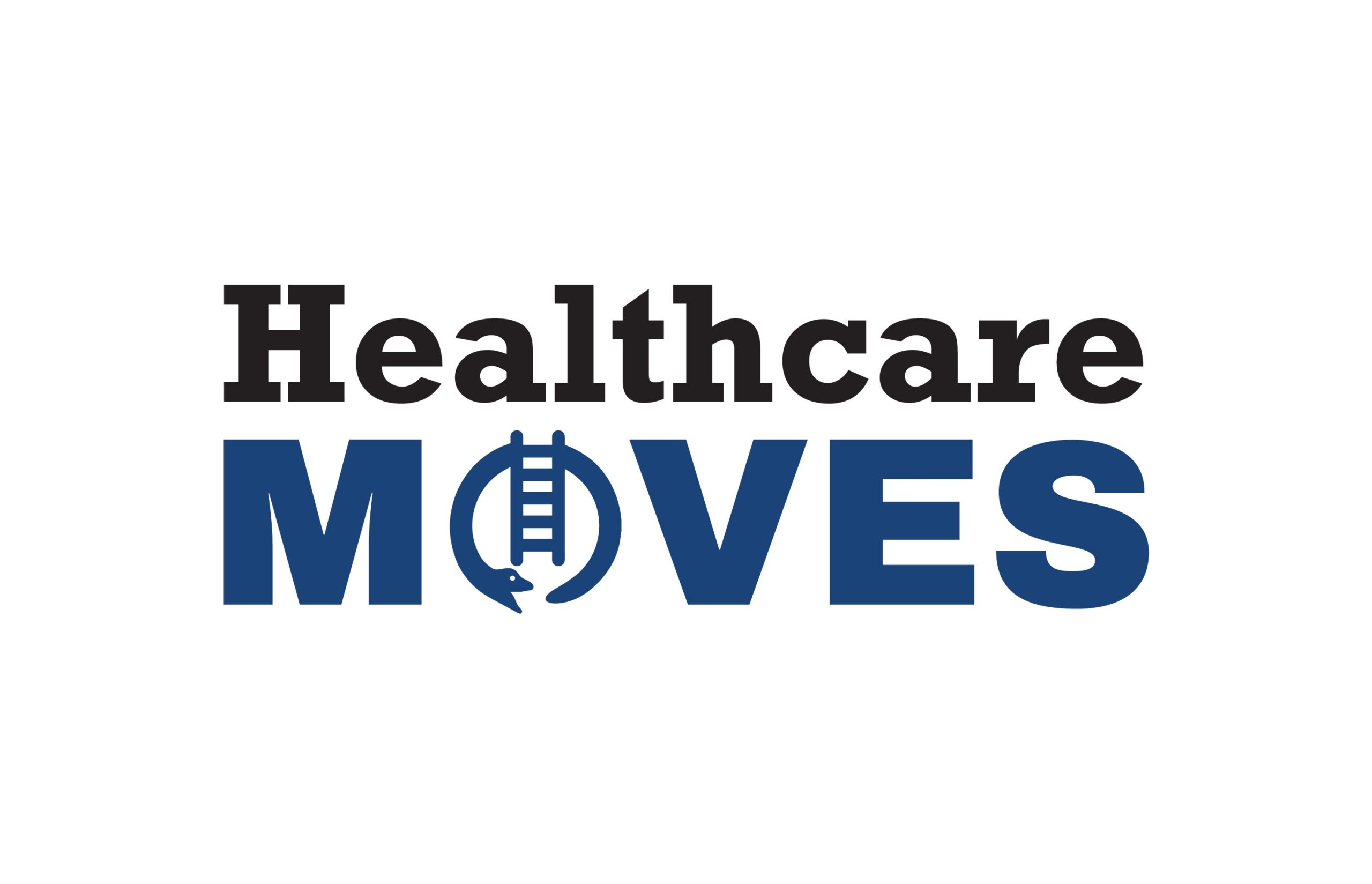
CVS is the highest-ranked direct-to-consumer company when it comes to telehealth satisfaction, while UnitedHealthcare is the highest-ranked payer, according to a new report.
The J.D. Power 2023 U.S. Telehealth Satisfaction Study, released last week, included responses from 5,424 healthcare customers who used a telehealth service in the last year. The report measured their satisfaction with telehealth based on seven factors: level of trust, provider visits meeting their needs, people experience (such as the doctor, physician’s assistant, nurse, etc.), digital channels, ease of receiving care, appointment scheduling and saving time or money. Digital channels refers to receiving care through a video or audio call via a mobile app, or a video or audio call through a website.

With the Rise of AI, What IP Disputes in Healthcare Are Likely to Emerge?
Munck Wilson Mandala Partner Greg Howison shared his perspective on some of the legal ramifications around AI, IP, connected devices and the data they generate, in response to emailed questions.
CVS ranked the highest among direct-to-consumer companies with a score of 744 points on a 1,000-point scale. MDLIVE ranked second with 741 points and Amwell ranked third with 739 points. Optum ranked the lowest out of 10 companies with 707 points.
Among payers, UnitedHealthcare ranked the highest with 702 points out of 1,000 points. Kaiser Foundation Health Plan followed with 701 points and Humana ranked third with 695 points. Anthem Blue Cross came in last out of 11 insurers with 677 points.
These results differ from last year when LiveHealth Online ranked the highest among direct-to-consumer providers and Humana ranked the highest among payers. LiveHealth Online dropped to eighth place this year with a score of 718 points. However, last year’s report ranked companies based on different factors: customer service, consultation, enrollment and billing, and payment.
The J.D. Power study also found:
- Telehealth satisfaction varies by generation. Overall patient satisfaction with telehealth was 698 points on a 1,000-point scale. Among Gen Y and Gen Z patients, satisfaction was at 714 points, much higher than 671 points among Boomers and Pre-Boomers. This gap was the widest when it came to the digital channels and appointment scheduling measures, “suggesting that older telehealth users are having problems using telehealth providers’ digital interfaces,” according to J.D. Power.
- Satisfaction scores were the highest when it came to the people and visits meeting patients’ needs measures but were lowest when it came to the trust measure.
- Convenience and speed are the main reasons people choose to receive care via telehealth. About 28% of respondents said they chose telehealth over an in-person visit because of convenience, and 17% said they chose telehealth because of the ability to receive care quickly.
“Telehealth is here to stay,” said Christopher Lis, managing director of global healthcare intelligence at J.D. Power, in a statement. “As overall utilization volumes normalized following the pandemic, we continue to see a clear trend toward telehealth adoption for routine care and ongoing mental health visits. Moreover, overall satisfaction is associated with telehealth mobile app utilization compared with other channels. At the same time, we are seeing some significant barriers to adoption in some populations, particularly among older patients and underserved populations who are struggling with digital channels and having challenges with access and ease of use.”
Photo credit: Bohdan Skrypnyk, Getty Images















